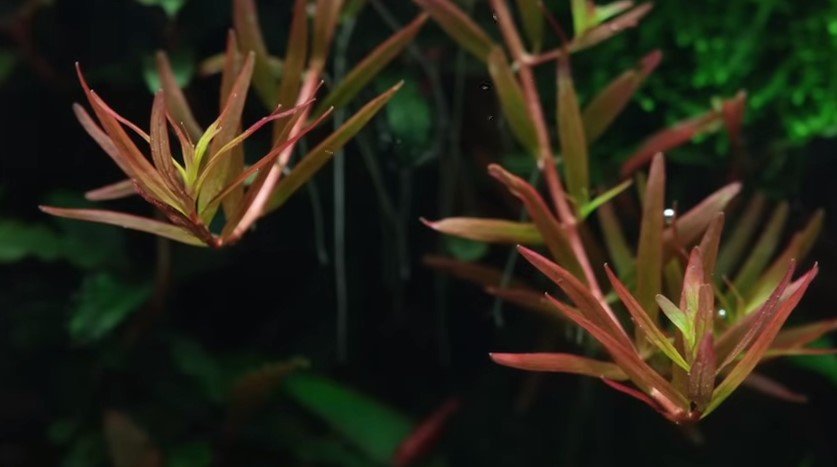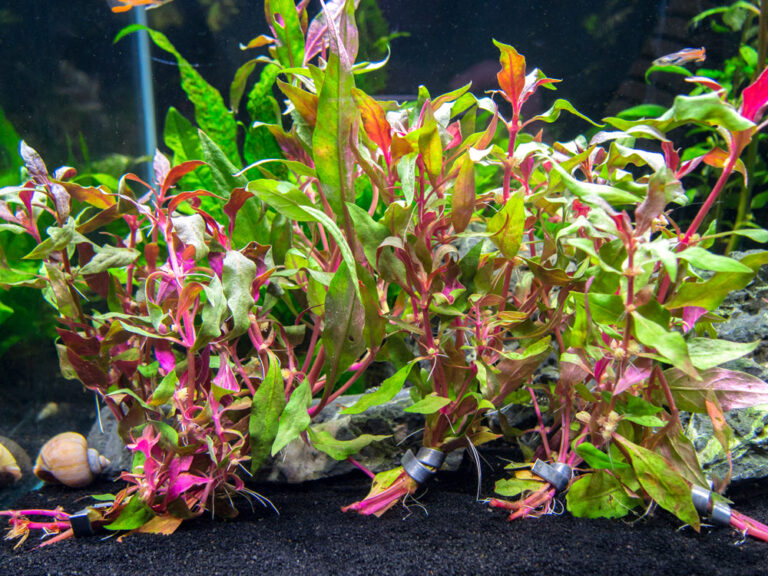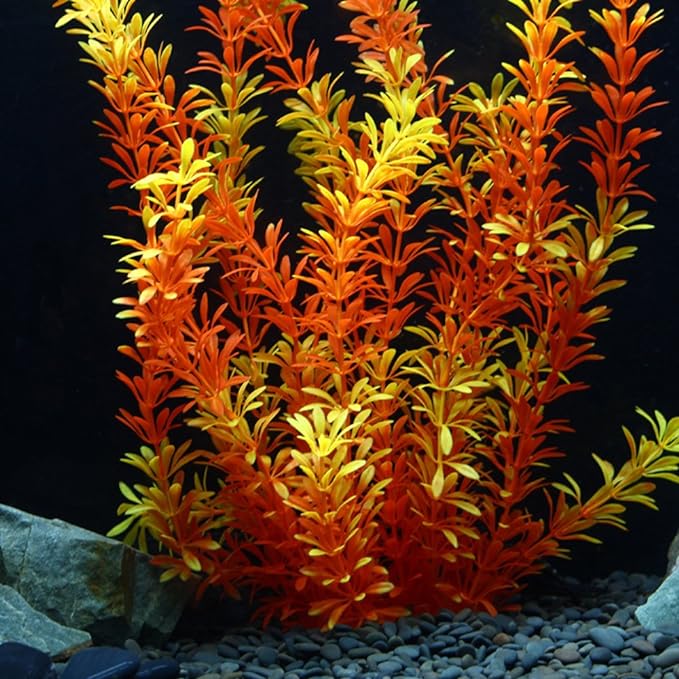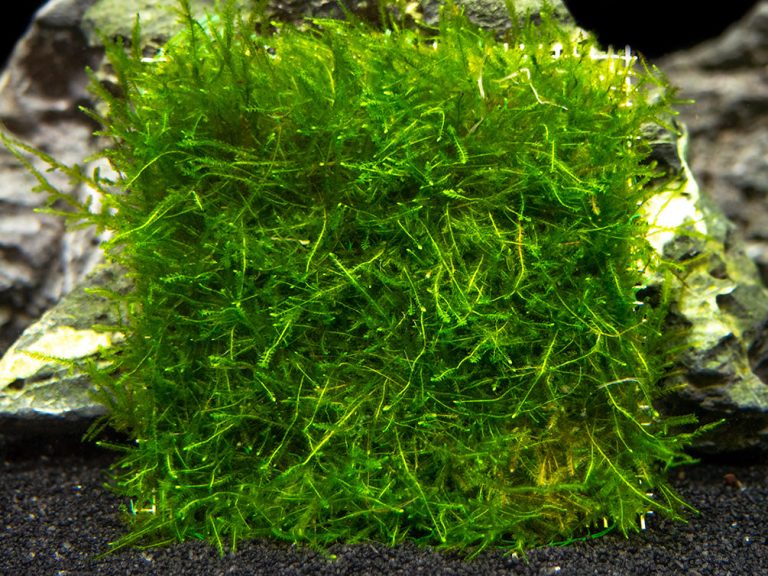Stem Plants Aquarium
Stem Plants Aquarium: Enhancing the Beauty and Health of Your Fish Tank
Are you an avid aquarium enthusiast? Or perhaps you are a beginner looking to create a stunning aquatic environment for your fish? Either way, incorporating stem plants in your aquarium can be a game-changer. Stem plants aquarium offers a plethora of benefits, including improved water quality, a natural habitat for your fish, and an aesthetic appeal that will mesmerize anyone who lays eyes on it. In this article, we will delve into the world of stem plants, exploring their benefits, maintenance tips, and some popular stem plant species that can thrive in your aquarium.
The Benefits of Stem Plants in Your Aquarium
1. Oxygenation and Water Filtration
One of the primary advantages of adding stem plants to your aquarium is their ability to oxygenate the water and facilitate water filtration. As stem plants undergo photosynthesis, they release oxygen into the water, providing a vital source of oxygen for the fish. Additionally, the porous nature of their leaves and stems allows them to act as natural filters, absorbing excess nutrients and pollutants from the water column. This helps in maintaining clean and healthy water conditions, reducing the chances of algae growth and providing a better environment for your fish.
2. Natural Habitat for Fish
Stem plants closely resemble the natural habitats of many fish species. By recreating these natural environments, you can provide a sense of security and well-being for your fish. The dense foliage of stem plants offers hiding places for shy or territorial fish, reducing stress and promoting healthy behavior. Moreover, some fish species also use stem plants for breeding purposes, attaching their eggs to the plants for protection. Having stem plants in your aquarium not only enhances the aesthetic appeal but also creates a harmonious and natural environment for your fish.

3. Aesthetic Appeal
Let’s be honest, one of the main reasons we have an aquarium is for its beauty and visual appeal. Stem plants add a dynamic and vibrant element to your aquarium’s landscape. With their tall, slender stems and lush foliage, they create a stunning backdrop for your fish. Additionally, stem plants come in a variety of colors, from vibrant greens to deep reds, providing endless opportunities for creativity and personalization. Whether you prefer a lush underwater forest or a minimalist aquascape, stem plants can help you achieve the desired aesthetic in your aquarium.
4. Nutrient Competition and Algae Control
Algae growth is a common issue faced by aquarium owners. However, incorporating stem plants can help mitigate this problem. Stem plants are voracious nutrient absorbers, competing with algae for essential nutrients such as nitrates and phosphates. By outcompeting algae for these resources, stem plants effectively curb their growth and keep your aquarium algae-free. Additionally, the dense growth of stem plants shades the substrate, reducing light penetration and creating unfavorable conditions for algae growth. This natural approach to algae control not only saves you the hassle of manual cleaning but also promotes a healthier and more balanced ecosystem in your aquarium.
Popular Stem Plant Species for Your Aquarium
Now that we’ve explored the benefits of stem plants, let’s take a closer look at some popular species that are well-suited for your aquarium:
1. Anacharis (Egeria densa)
Anacharis, also known as Brazilian waterweed, is a versatile and hardy stem plant commonly found in aquariums. It features long, slender stems with delicate, light-green leaves. Anacharis is easy to care for and can thrive in a wide range of water conditions, making it a popular choice for beginners. This plant grows rapidly, absorbing excess nutrients and providing excellent oxygenation for your aquarium. It also offers ample hiding places for fish and serves as a natural nursery for fry due to the dense foliage.
2. Rotala Indica
Rotala Indica, also called Indian toothcup, is a stunning stem plant known for its vibrant red and green leaves. It adds a dramatic touch to your aquarium and creates a focal point in your aquascape. Rotala Indica is relatively easy to care for and can adapt to various water parameters. With proper trimming, it can form dense bushes or cascading structures, allowing for creative aquascaping possibilities. This plant thrives in bright lighting conditions, and the addition of CO2 supplementation can intensify its colors.
3. Ludwigia Repens
Ludwigia Repens, commonly known as red Ludwigia, is a popular choice among aquarists for its striking red and orange foliage. It creates a vibrant contrast when planted alongside green stem plants or carpeting plants. Ludwigia Repens requires moderate to high light levels and benefits from the addition of CO2 supplementation. Regular pruning encourages compact growth and prevents it from overshadowing other plants. With its colorful foliage and relatively undemanding nature, Ludwigia Repens is an excellent choice for adding visual interest to your aquarium.
4. Hornwort (Ceratophyllum demersum)
Hornwort is a fast-growing and low-maintenance stem plant that can thrive in various water conditions. Its long, feathery, and bright-green stems make it an attractive addition to any aquarium. Hornwort is an excellent oxygenator, making it suitable for aquariums with high fish loads. It also provides ample hiding spots for fish fry and small aquatic creatures. Hornwort can be left floating or anchored to the substrate, allowing for versatile aquascaping options. Its hardy nature and rapid growth make it an ideal choice for beginners.
Maintenance Tips for Stem Plants in Your Aquarium
While stem plants are generally easy to care for, a little maintenance is still required to keep them in optimal condition. Here are some essential tips to ensure the health and longevity of your stem plants:
1. Lighting and CO2 Levels
Stem plants typically require moderate to high lighting levels to support photosynthesis and vibrant growth. Investing in a quality aquarium light with adjustable brightness and spectrum can greatly benefit your plants. Additionally, some stem plants may benefit from the addition of CO2 supplementation. CO2 helps plants in their growth and color development. It is advised to monitor the CO2 levels in your aquarium and adjust accordingly to meet the needs of your specific stem plant species.
2. Nutrient-Rich Substrate and Fertilization
Providing your stem plants with a nutrient-rich substrate is essential for their overall health and growth. A substrate specifically designed for planted aquariums will contain essential nutrients such as iron, potassium, and trace elements. Regularly adding liquid fertilizers targeted for aquatic plants can further supplement the nutrient requirements of your stem plants. It is important to follow the dosage instructions and not overdose the fertilizers, as excessive nutrients can lead to algae issues.
3. Pruning and Propagation
Regular pruning is crucial for maintaining the shape and density of your stem plants. Overgrown stems can overshadow other plants and hinder their growth. Additionally, pruning promotes branching and stimulates new growth, resulting in bushier and more compact plants. When trimming, make clean cuts with sharp scissors or aquascaping tools to prevent damage to the plant stems. Some stem plants can also be propagated by taking cuttings and replanting them in the substrate. This allows you to expand your collection or replace aging stems with fresh ones.
4. Water Parameters and Filtration
Keeping a close eye on water parameters is essential for the health of your stem plants and fish. Most stem plants prefer slightly acidic to neutral pH levels and thrive in water temperatures ranging from 75°F to 82°F (24°C to 28°C). Regular water testing and maintenance, such as partial water changes, will help maintain stable water conditions. Additionally, ensuring efficient filtration in your aquarium prevents the accumulation of toxins and maintains water clarity, promoting the health of your stem plants and fish.
Frequently Asked Questions
1. Can stem plants survive in low light conditions?
While most stem plants prefer moderate to high lighting levels, there are some species that can thrive in lower light conditions. Anubias, Java fern, and Java moss are popular stem plant alternatives for low light aquariums. These plants have adapted to low-light environments and can grow slowly but steadily without the need for intense lighting.
2. How often should I fertilize my stem plants?
The fertilization requirements of stem plants vary depending on the nutrient levels in your aquarium and the specific plant species. It is generally recommended to follow the instructions provided with your liquid fertilizers and adjust the dosage accordingly. Observing the growth and coloration of your stem plants will help you determine whether additional fertilization is necessary.
3. Can stem plants survive without CO2 supplementation?
Yes, many stem plants can thrive without the addition of CO2 supplementation. However, providing stable and moderate to high lighting levels is essential in the absence of CO2. Additionally, ensuring that your stem plants receive adequate nutrients through a nutrient-rich substrate and liquid fertilizers can support their growth and health.
4. How often should I trim my stem plants?
The frequency of trimming your stem plants depends on their growth rate and the desired shape of your aquarium. Fast-growing stem plants may require more frequent pruning to prevent overcrowding and overshadowing of other plants. In general, trimming every two to four weeks is a good guideline to follow.
Final Thoughts
Incorporating stem plants in your aquarium can elevate your aquatic paradise to new heights. With their numerous benefits, including improved water quality, natural habitats for fish, aesthetic appeal, and algae control, stem plants are an essential component of a thriving aquarium. By following the maintenance tips provided and selecting suitable stem plant species, you can create a captivating and healthy environment for your fish. So, dive into the world of stem plants and watch your aquarium transform into a mesmerizing underwater oasis.






